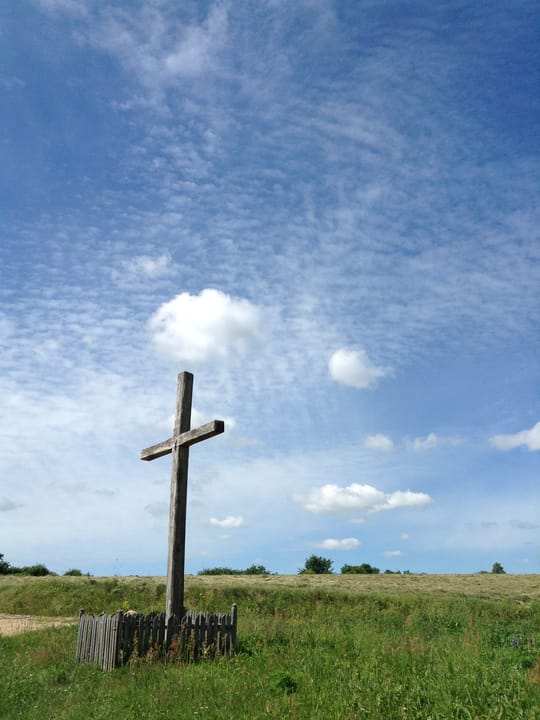Shot on iPhone
New York, NY, USA
Apple has recently run a competition where they invited users to submit photos shot with an iPhone. The winners have now been announced, and they include some pretty nice pictures.
The contest got me thinking. Having belatedly joined the smartphone age a couple of years ago, I have an iPhone 7 that I carry around with me. Before that, I used various models of iPod Touch.
But I don’t take that many pictures with the phone, even though it’s ‘the camera I have with me’ (an old street photographer’s saying is that there’s no ‘best camera’: the best camera is the one you have with you).
Part of the reason for that is that I usually have another camera with me. For a number of years, it was a Canon S90. When my S90 finally died, I moved up to a Sony RX100 III. I miss the ease with which the Canon slipped into my pocket, but the Sony – which is a smallish brick – is a superb camera. And both of them are better than the iPhone camera. So why would I shoot with the iPhone?
When I do use the iPhone, it’s usually because the battery on my preferred ‘walking around’ camera has died. Or I’ve gone somewhere and left the Sony at home. Or I’ve seen something I have to take a picture of Right Now. That means that most of my iPhone pictures are of cats. A lot of them were also taken in low light, which is a context in which phone cameras, with their tiny lenses and sensors, really don’t excel. It’s no accident that many of the winning entries in the competition seem to have been taken in very good light.
I sometimes hear people say that smartphones have killed the DSLR, and standalone cameras in general. These people are mostly not photographers. Yes, smartphone cameras have come an amazingly long way in a short time. My iPhone 7 is a better camera in almost every respect than the Canon S30 that I used to carry around (I wish I could go back in time and reshoot some of the pictures I took with the S30 using my iPhone). And the iPhone 7’s capabilities look shabby beside the twin cameras in Apple’s top-end models. But to say that there’s no need for DSLRs just because we all have smartphones now is simply wrong. There’s still a huge gulf between smartphone cameras and ‘real’ cameras. The DSLR is going to die, but it’ll be interchangeable-lens mirrorless cameras that kill it, not smartphones. In the longer term, if the kind of technology used in the Light L16 ever pans out, then smartphones may at last kill dedicated cameras for real. But we’re not there yet.
In some ways, it’s academic. It’s the photographer that makes the picture, not the camera. You could give a good photographer my old iPod Touch and hand me a top-end DSLR, and the other person would still get better pictures. But ask why I don’t use the iPhone more and the answer is still the same: because I usually have something better available.
In my trawl through my iPhone photo archives, I did find a few pictures I quite liked. These are only lightly-edited. One has had some perspective correction applied; another has been cropped. Three were converted to black-and-white. Otherwise, though, they're quite close to the way they came out of the camera. And, generally speaking, the iPhone’s camera does pretty well: good colors, and sharp photos.
Maybe I should use it more, and see what it can really do.
